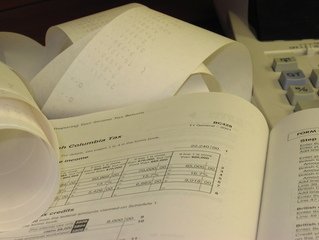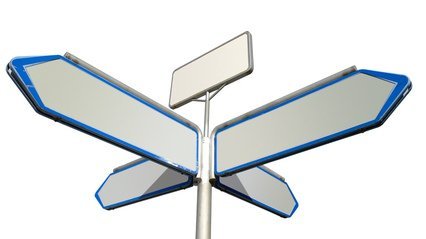How I reached the best method for trading!

Fundamental Analysis
When I first got interested in the financial markets, I was introduced to a guy who was a value investor in stocks, and so this was the path I first followed. He would do the research into a company's book value to determine if it's share price was undervalued, and if so, he would recommend it as a buy and hold, until it reached his valued price. It made a lot of sense to me at the time, to buy into a company that was undervalued. This is fundamental analysis of a share price.
While waiting on the share price to rise to true value, I used to notice these swings in price and think, why not trade these swings, rather than waiting forever for price to rise to true value. Then in 2008, the ass fell out of the stock market, and all stocks dropped like a stone, whether undervalued or not! I had to reason what happened, and try to understand why undervalued stocks still fell like all the rest!
My research let me to the following conclusion:
Stocks do not rise and fall on book value, but on market sentiment. It is the sentiment that traders have towards a stock, that moves price, and not it's true value.

Technical Analysis
And not just stocks, but all financial instruments move on market sentiment. So I had to find a way to determine traders' sentiment towards the product I was going to trade. This led me to charting and Technical Analysis. It led me away from the boredom of investing and into the excitement of trading. If I could determine the sentiment, then I could stay on the right side of the market!
Trading Indicators
Now, when newbies get introduced to trading, they automatically get introduced to trading indicators. Almost every mentor has their own favourite indicator(s) that they like to teach new clients to trade with. A number of the more commonly used ones are:
- Moving Averages (MAs)
- Stochastic
- Relative Strength Index (RSI)
- Average True Range (ATR)
- Bollinger Bands
- MACD
- etc
- etc

Then we have all the other charting instruments like:
- Fibonacci Levels (Fibs)
- Trend Lines
- Gann
- Andrews' Pitchfork
- etc
- etc
And then we have all the patterns:
- Elliot Waves counting
- Rising and Falling Wedges
- Pennants
- Not to mention all the candlestick patterns....the list goes on and on.
I forget now exactly which indicators and patterns I started with, but I can assure you that I have been through them all, many times, and in many configurations. The more indicators I added to a chart the more constipated I got! Yep, information constipation kept me from pulling the trigger on a trade.

Conclusion
I have found in life in general, that we usually do the exact opposite to what we should be doing, to succeed.
I had so many indicators and lines on and below my chart, that I was hiding the most important information of all.
I will talk about it in my next post, as it fully deserves a post of it's own.
All pics courtesy of freeimages.com
Sometimes too much technical or fundamental analysis is befuddling. I tend to use just 2or 3 technical indicators to do swing trades - bollinger bands, RSI and MACD... works well most of the time..
Yes @roji.abraham, it doesn't really matter how you trade as long as it works for you. If you are consistently profitable, keep it up and don't change a thing. Thank you.
Thanks for sharing this, there are some infos i didnt know.
Keep up the good work!
@gexi I'm delighted you found this useful. Hopefully you'll find some more nuggets in what's to come that can help with your trading. Thank you.
Especially in this market. So much hype and Fomo
yes @lalilands, crypto is on a hype spiral for sure. The were so many looking to open accounts at exchanges during December, that they couldn't handle the influx. Thank you for your comment.